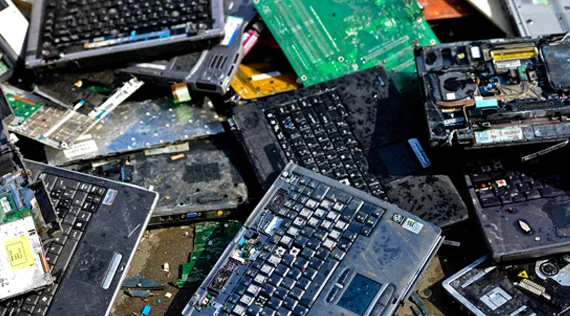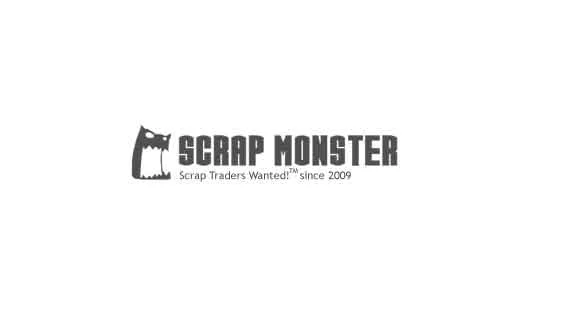
SEATTLE (Scrap Monster): E-waste is considered toxic waste. It can contain hazardous materials that produce chemicals and neurotoxins that harm human health — including lead, mercury and various dioxins. The growing levels of e-waste, particularly in low- and middle-income countries, have become a public health concern.
Various malpractices in the disposal of electronic waste cause both public health and environmental problems. Exposure to the toxic chemicals released by e-waste through scavenging has been known to be harmful to humans, particularly children.
The WHO has a framework with the goal of fixing the e-waste crisis. This framework currently includes eliminating child labour, as it relates to e-waste but elsewhere as well. The organization aims make the detrimental health effects of e-waste on children its biggest focus.
The WHO’s Initiative on E-waste and Child Health has already led to the development of programmes and projects implemented in Latin America and Africa — two of the more at-risk regions. The WHO also releases reports and training tools for the health sector, globally, to train healthcare providers on the risks of e-waste exposure, particularly amongst children.
Additionally, the WHO pushes for more high-level international agreements to address the problem, more national and international legislation through the lens of public health and monitoring and dealing with e-waste sites directly.
The Basel Convention, for example, was created to control the movement and disposal of hazardous wastes. One piece of legislation coming from the Basel Convention is the Ban Amendment from 2019, which prohibits the movement of hazardous waste, including e-waste, between countries of the Organisation for Economic Cooperation and Development (OECD) and the European Commission and any other countries signed to the Convention.
Other regional conventions were created in response to the Basel Convention, including the Bamako Convention and the Waigani Convention, which address hazardous waste and their negative health and environmental effects in Africa and the South Pacific, respectively.
Courtesy: www.impakter.com



| Copper Scrap View All | |
| Alternator | 0.42 (0) |
| #1 Copper Bare Bright | 4.34 (-0.05) |
| Aluminum Scrap View All | |
| 356 Aluminum Wheels (Clean) | 0.82 (0) |
| 6061 Extrusions | 0.72 (0) |
| Steel Scrap View All | |
| #1 Bundle | 360.00 (0) |
| #1 Busheling | 380.00 (0) |
| Electronics Scrap View All | |